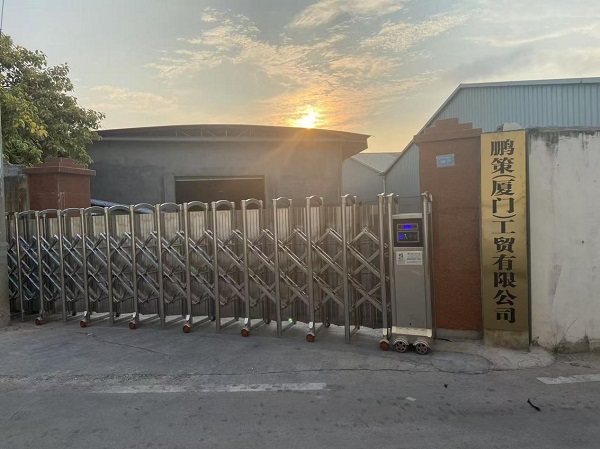Transforming a design concept into a physical, high-precision metal part can seem like a complex journey. How does metal stamping work from start to finish? This guide demystifies the entire journey. We will break down the complete metal stamping process into five clear phases, from your initial request to the final delivery. Follow these metal fabrication steps to understand how your vision becomes a reality with a reliable manufacturing partner.
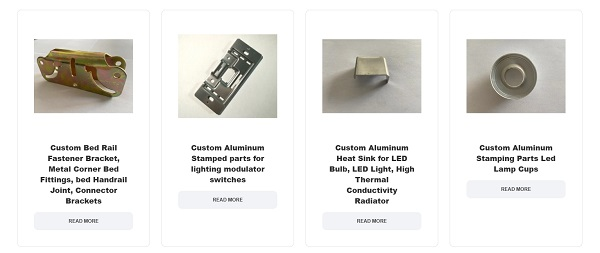
Phase 1: Consultation and Quoting (The RFQ Process)
Every successful project begins with clear communication. This initial phase is crucial for aligning on goals, specifications, and expectations. It's where our partnership truly begins, laying the groundwork for a smooth and efficient manufacturing journey.
Submitting Your Design: What We Need to Know
To start the RFQ process, we need your detailed technical drawings or 3D models. Key information includes material specifications, required tolerances, estimated annual quantity, and any special finishing requirements. The more information you provide, the more accurate our initial assessment will be.
From Technical Review to a Transparent Quote
Once we receive your files, our engineering team conducts a thorough design review. We assess the manufacturability of your part and may suggest minor modifications to improve quality or reduce costs. Following this review, we provide a detailed, transparent quote that outlines all costs, from tooling to part price.
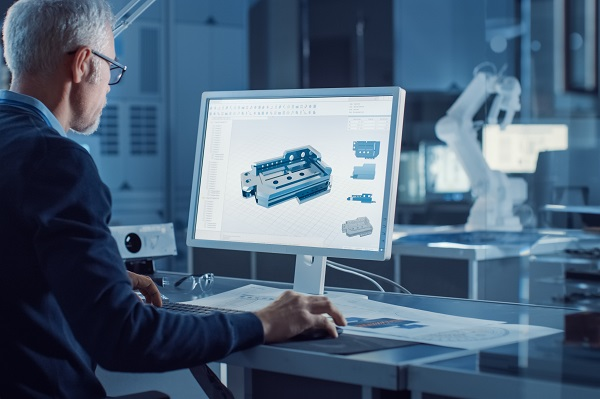
Phase 2: The Core of Metal Fabrication - Tool and Die Making
What are the steps in metal fabrication's most critical stage? The answer lies in creating the tool and die. This is the heart of the custom stamping workflow, a highly precise process that determines the final quality and consistency of every part. Our expertise in tool and die making is what sets us apart.
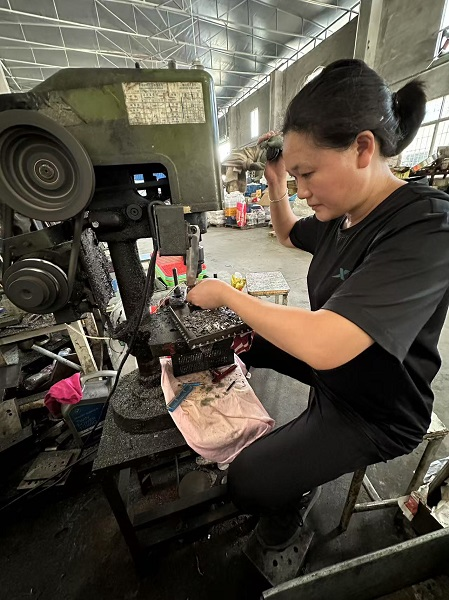
Designing the Mold: The Blueprint for Your Part
The first step is a meticulous mold design. Using advanced CAD software, our engineers create a digital blueprint of the die set. This design accounts for material flow, springback, and all the forces involved in the stamping process, ensuring the final part meets your exact specifications.
Precision Machining and Assembling the Die Set
With the design approved, our skilled toolmakers use high-precision CNC machines to craft the individual components of the die. These components, made from hardened tool steel, are then carefully assembled and calibrated. This stage requires immense skill and attention to detail.
Prototyping and First Article Inspection (FAI)
Before commencing high-volume production, we conduct a trial run to produce initial samples. These samples undergo a rigorous First Article Inspection (FAI). We measure every dimension and feature to verify that the tool is performing perfectly and the parts conform to your drawing. You will receive these samples for your own approval.
Phase 3: High-Volume Production - The Stamping Operation
With the tooling approved, we move into the mass production phase. Our facility is equipped to handle large orders efficiently, delivering consistent, high-quality parts that fuel your production lines. This is where the sheet metal fabrication process scales up.
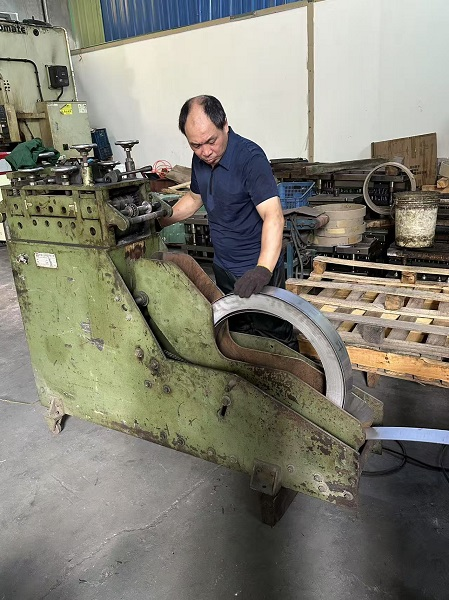
Setting Up the Press and Material Feeding
A skilled operator sets up the newly created die in one of our precision stamping presses. A large coil of raw material is loaded onto an uncoiler, which feeds the metal strip into the press at a controlled rate, ensuring a smooth and continuous operation.
The Stamping Process in Action: Blanking, Piercing, and Forming
As the press cycles, the die performs a sequence of operations in a fraction of a second. This can include blanking (cutting the outer shape), piercing (creating holes), and forming (bending or shaping the part). For complex parts, a progressive die performs multiple operations in a single stroke.
In-Process Quality Control for Consistency
How do we ensure every part is the same? Our operators conduct regular in-process quality checks throughout the production run. They measure critical dimensions at set intervals to ensure consistency and catch any potential deviations early, maintaining the highest level of quality assurance.
Phase 4: Finishing and Secondary Operations
A stamped part is often not the final product. We offer a range of finishing and secondary operations to provide you with a complete, ready-to-use component. This integrated approach simplifies your supply chain.
Essential Surface Treatments: Deburring, Polishing, and Plating
After stamping, parts may have sharp edges or burrs. We perform deburring to ensure they are smooth and safe to handle. Depending on your needs, we can also provide polishing for a cosmetic finish or plating (like zinc or nickel) for enhanced corrosion resistance.
Additional Assembly and Custom Packaging
Our services don't stop at fabrication. If your final product requires assembly of multiple components, we can perform this in-house. We also offer custom packaging solutions to protect your parts during transit and streamline their integration into your own assembly line. For a complete overview of our capabilities, Specific cooperation requirements can be communicated to us for further discussion.
Phase 5: Final Inspection and Delivery
The final phase of the metal stamping process ensures that everything we ship meets our strict quality standards and arrives safely at your destination, no matter where you are in the world.
Rigorous Final Quality Assurance
Before packaging, every batch of parts undergoes a final, comprehensive quality inspection. Our QA team verifies all critical dimensions, checks the surface finish, and ensures full compliance with your specifications. Only after passing this final check are the parts approved for shipment.
Secure Packaging and Global Logistics
We take great care in packaging your parts to prevent damage during shipping. We use robust, appropriate materials and methods tailored to your product. Our experienced logistics team manages the entire shipping process, handling documentation and tracking to ensure reliable and timely global logistics.
Your Partner Through Every Step of the Metal Stamping Process
From the initial RFQ to the final delivery, the metal stamping process is a detailed and collaborative journey. At Pengce Metal, we have the expertise and technology to guide you through every phase, ensuring a seamless experience and a superior final product. We are not just a supplier; we are your partner in manufacturing. Now that you understand the process, what's the first step for your next project? Share your thoughts or questions below!
Common Questions About Our Custom Stamping Workflow
How long does the tool and die making process usually take?The timeline for tool and die making can range from a few weeks to several months, depending heavily on the complexity of the part. A simple bracket die will be much faster to build than a multi-stage progressive die for a complex electronic component. We provide a detailed timeline with our quote.
Can I make changes to my design after the die is made?Making design changes after the tool is built can be challenging and costly. Minor changes might be possible with modifications, but significant changes often require a new die. This is why the design review and First Article Inspection (FAI) phases are so critical to finalize the design before mass production.
What is the difference between progressive die stamping and single-hit stamping?Single-hit (or single-station) stamping performs one operation per press stroke, suitable for simpler parts. Progressive die stamping uses a die with multiple stations, performing a sequence of operations as the metal strip "progresses" through it. It is highly efficient for producing complex parts in high-volume production.
How does Pengce Metal ensure quality during high-volume production?We implement a multi-layered approach. It starts with a robust, well-maintained tool. During production, we use automated sensors and conduct regular, scheduled in-process checks by our operators. This commitment to in-process quality assurance ensures consistency from the first part to the last. To start your quality-assured project, contact Pengce Metal today.

